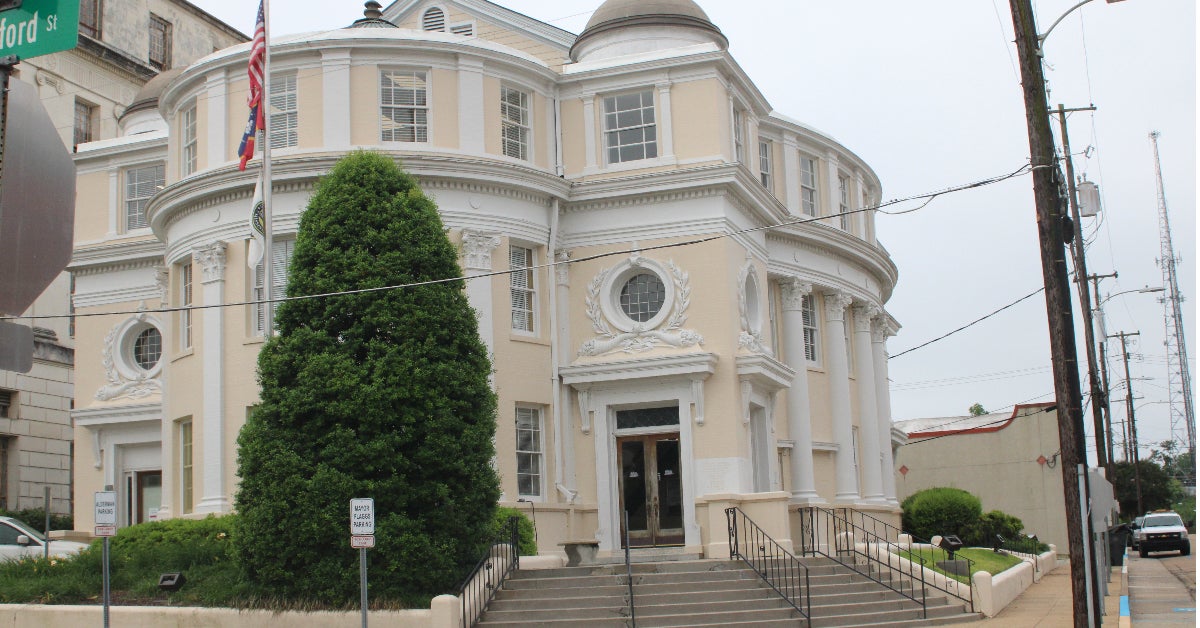VICKSBURG FACTS: Grant’s troops dig a little deeper
Published 8:00 am Friday, June 30, 2023
Did you know that General Ulysses S. Grant’s troops tried digging a canal through Vicksburg?
In 1862, the infantry brigade commanded by Brig. Gen. Thomas Williams began a canal that would allow Union soldiers to bypass the Confederate batteries in Vicksburg. Williams also hoped that the canal would change the course of the river and leave the city of Vicksburg stranded. The infantry began working on the canal on June 27, 1862, with 3,000 soldiers from Connecticut, Massachusetts, Vermont, Wisconsin, Michigan and former slaves doing the digging, according to the National Park Service.
According to the National Park Planner website, the soldiers began cutting down trees and digging dirt to create a 60-foot wide, six-foot deep and one-and-a-half-mile-long canal. However, the digging had to stop due to disease spreading throughout the ranks.
In 1863, the canal project resumed under Grant’s command. During the dig, Grant did not believe that the project would be successful. However, he did see it as an opportunity to keep his soldiers in good physical condition for the spring campaign and help with morale, according to the National Park Service. President Abraham Lincoln thought the canal was a great idea and would often ask Grant about its progress.
During the digging process, a rise in the river caused the dam at the start of the canal to break and flood the entire area with water and sediment. To save the project, two steam-driven dipper dredges, called Hercules and Sampson, were put in place to help the canal. It soon became a problem due to the dredges being exposed to the Confederacy.
Soon after, Grant changed his military tactic and the canal project stopped again. Eventually, Grant’s Canal became a place of recognition for the Black troops that served in the Vicksburg Campaign during the Battle of Milliken’s Bend, La., and Goodrich’s Landing, La. according to the National Park Service.
In 1876, part of the canal’s original goal did come true. The Mississippi River changed its course, causing Vicksburg to be cut off from the river. In 1902, the U.S. Army Corps of Engineers was able to change the course of the Yazoo River and allow the water to flow through Vicksburg again. This new waterway is now known as the Yazoo River Diversion Canal.
Grant’s Canal became the 28th state monument to be constructed in the Vicksburg National Military Park in 2008. The monument is a representation of the contributions made by the Ninth Connecticut Volunteer Regiment whose soldiers were part of Williams’ brigade and their work trying to get past Vicksburg batteries.






